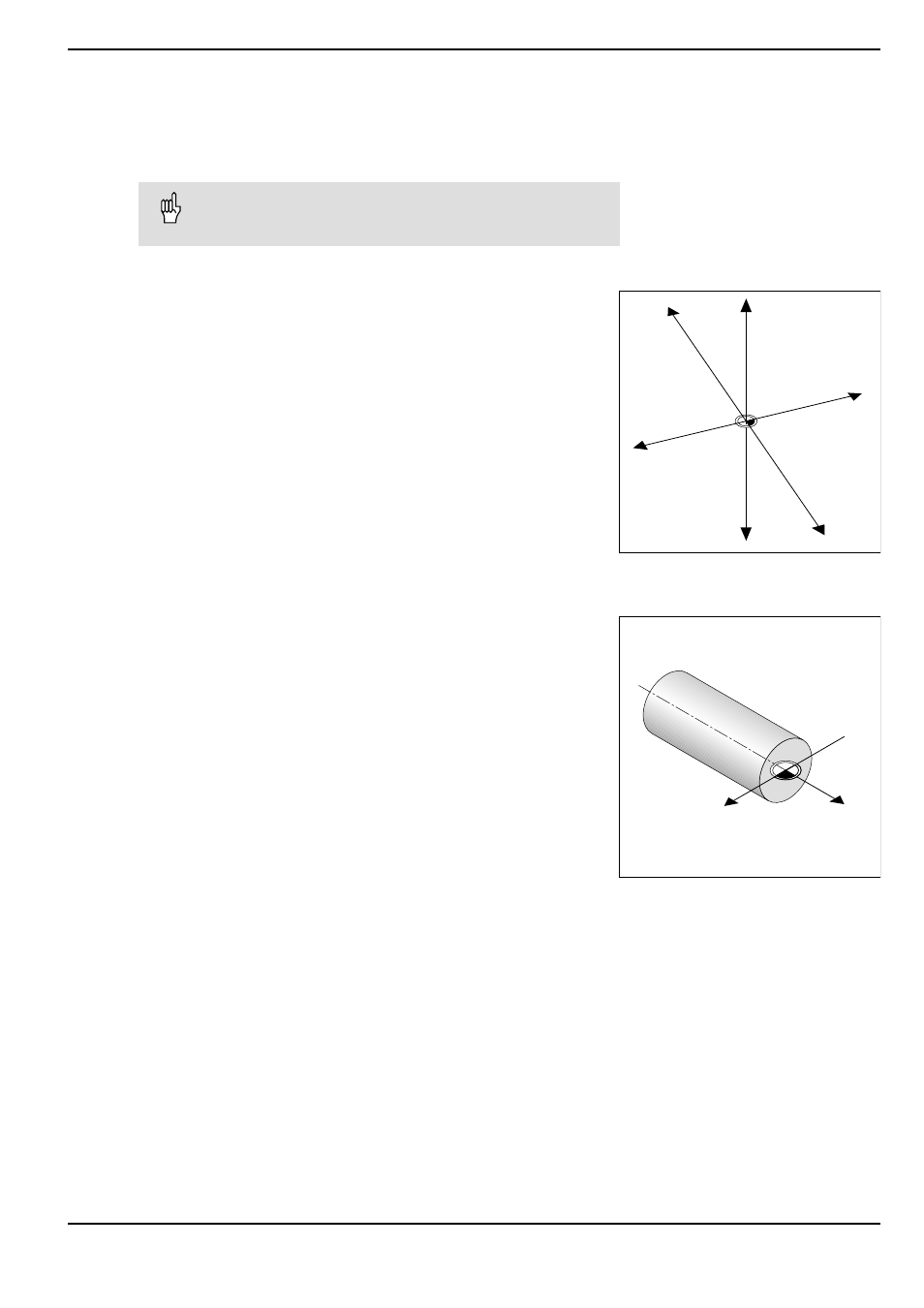I - 1 fundamentals of positioning – HEIDENHAIN PT 855 for Turning User Manual
Page 6

I - 1
Fundamentals of Positioning
POSITIP 855
Operating Instructions
7
Fig. 1:
The Cartesian coordinate system
I - 1
Fundamentals of Positioning
You can skip this chapter if you are already familiar with the
concepts of coordinate systems, incremental and absolute
dimensions, nominal and actual positions, and distance-to-go.
Introduction
The geometry of a workpiece is described by a rectangular or
Cartesian coordinate system (named in honor of the French
mathematician and philosopher René Descartes, in Latin Renatus
Cartesius, 1596 to 1650). The Cartesian coordinate system con-
sists of three mutually perpendicular axes X, Y and Z. The point of
intersection of these axes is called the datum (or origin) of the co-
ordinate system.
To determine positions on a workpiece, the coordinate system is
“laid” onto the workpiece. With lathe work (i.e., rotationally sym-
metrical workpieces), the Z axis move along the axis of rotation
while the X axis moves in the direction of the radius or diameter.
The Y axis can be disregarded since it would always have the same
values as the X axis.
+Y
+X
+Z
–Z
–Y
–X
Z
X
Fig. 2:
The Cartesian coordinate system with
lathe work
